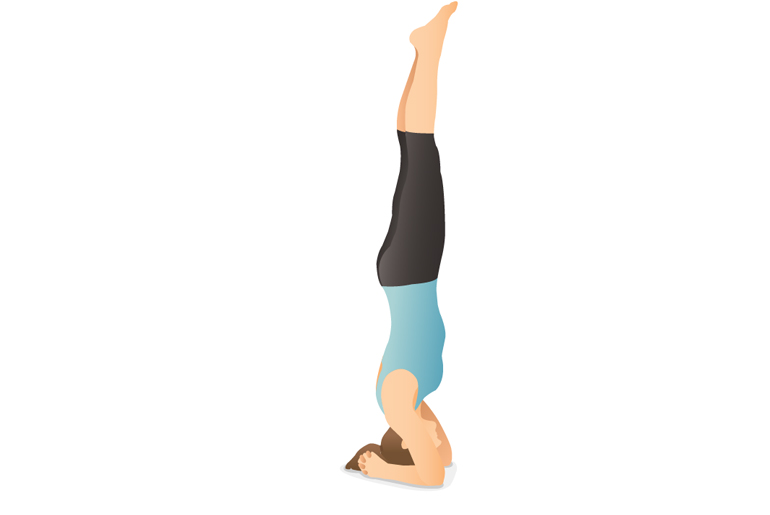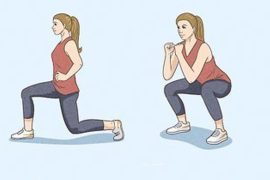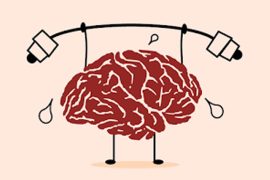Headstands, often practiced by Bollywood celebrities, can add excitement and challenge to a fitness routine, but they must be approached carefully. While the pose offers benefits like improved focus, circulation, and core strength, holding it for too long can lead to potential issues, such as increased neck pressure, dizziness, or even cervical spine strain. Certified yoga instructor highlights that maintaining comfort and stability in any yoga posture, including headstands, is essential. She recommends coming out of the pose when you feel strain in your arms, neck, or back, as forcing the body to hold a headstand too long can lead to discomfort or injury.
A fitness expert, advises beginners to hold a headstand for 10-15 seconds initially, gradually building up to one or two minutes as they gain strength and balance. Using a wall for support can help reduce body strain, making it easier to sustain the pose. However, he recommends not overusing wall support, as it may prevent you from learning to balance independently.
Safety Tips and Exercises for Headstands
When doing headstands, listen to your body and avoid pushing beyond discomfort. To make headstands safer and more controlled, Fitness expert suggests incorporating exercises that build neck strength. These include:
- Isometric Neck Holds: Press your forehead, sides, and back of the head against resistance (like your palms) for 10-15 seconds.
- Neck Bridges: Lie on your back, bridge up, and support yourself on your feet and head. Hold briefly, then lower slowly.
- Resistance Band Neck Flexion/Extension: Use a resistance band around your head, anchoring it in front or behind, and push against the band to strengthen neck muscles.
- Chin Tucks: Sit or stand, tuck your chin to your chest, and hold briefly. This engages the neck muscles and promotes better posture.
Post-Headstand Recovery: Child’s Pose
Fitness expert also recommends following up a headstand with a counterpose, like the child’s pose, to release tension in the neck and spine. This practice not only reduces neck strain but also helps bring balance and relaxation to the body after the intense neck engagement of a headstand.
Disclaimer:
The information contained in this article is for educational and informational purposes only and is not intended as a health advice. We would ask you to consult a qualified professional or medical expert to gain additional knowledge before you choose to consume any product or perform any exercise.







